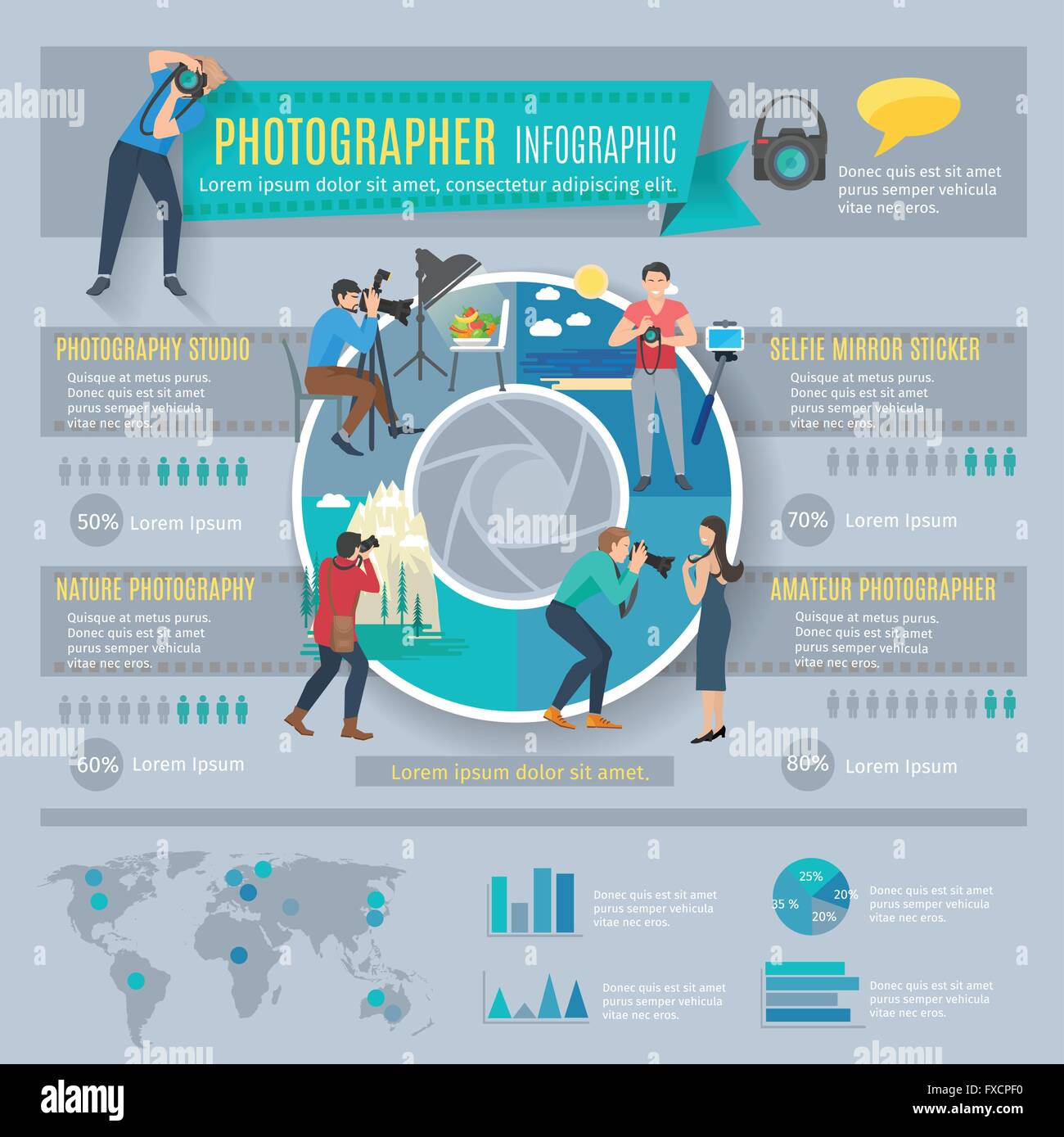Join Us To Discover Crucial Digital Photography Ideas That Will Unlock Your Cam'S Possibility-- Prepare To Catch Sensational Photos Quickly!
Join Us To Discover Crucial Digital Photography Ideas That Will Unlock Your Cam'S Possibility-- Prepare To Catch Sensational Photos Quickly!
Blog Article
Content By-Lindgreen Bryant
When you initially pick up your electronic camera, it can feel overwhelming with all the settings and alternatives available. You might find yourself wondering how to browse aperture, shutter rate, and ISO properly. Understanding these principles is critical, but there's more to photography than simply technical knowledge. Understanding make-up techniques and illumination conditions can raise your images substantially. So, what happens if you could find out straightforward techniques to boost your skills and begin recording excellent images sooner than you assume? Let's check out how to transform your photography journey.
Comprehending Electronic Camera Settings
Comprehending your video camera settings is critical for capturing magnificent images. When you grab your electronic camera, acquaint on your own with the three primary setups: aperture, shutter speed, and ISO. read the article plays an important function in exactly how your photos turn out.
Start with aperture, which manages the amount of light getting in the lens. A broader aperture (reduced f-number) allows a lot more light and develops a stunning background blur, best for portraits. Alternatively, a narrower aperture (higher f-number) keeps even more of the scene in focus, ideal for landscapes.
Next, concentrate on shutter rate. This setting determines for how long your cam's sensing unit is exposed to light. A fast shutter rate ices up motion, which is excellent for action shots, while a slow shutter speed can produce sensational results like smooth water in landscapes.
Lastly, adjust your ISO. This setup affects your video camera's level of sensitivity to light. visit this weblink is useful in low-light situations yet can present sound or grain. Go for the lowest ISO feasible while still attaining appropriate direct exposure.
Composition Strategies
When you're out shooting, structure can make all the difference in exactly how your pictures reverberate with visitors. Start by using the policy of thirds; envision your structure divided right into 9 equal sections with two straight and two vertical lines. Setting crucial elements along these lines or at their crossways to develop equilibrium and interest.
Next, consider leading lines. These natural lines in your scene, like roadways or rivers, attract the visitor's eye right into the photograph, directing them via the story you're telling.
Don't ignore framing; use aspects within your scene, like trees or windows, to develop a frame around your subject, adding deepness and emphasis.
Additionally, watch on your history. A messy history can sidetrack from your primary topic, while a basic one helps it stand out.
Lastly, trying out balance and patterns; they can create a striking image that captures attention.
Learning Illumination Conditions
Grasping lighting conditions is important for catching spectacular photographs, as the right light can transform an ordinary scene into something remarkable.
Start by observing natural light at different times of the day. Early mornings and late afternoons provide the very best light, known as the gold hour. The soft, cozy tones during these times can improve your photos magnificently.
Don't shy away from cloudy days either; diffused light can decrease harsh darkness and create a pleasing result, specifically for portraits.
Trying out backlighting by placing your subject versus the source of light. This strategy can create a wonderful halo effect and include deepness to your photos.
Take notice of your camera settings also. Change the ISO, aperture, and shutter rate to fit the lighting conditions. A higher ISO can assist in low light, but beware of grain.
Utilize a tripod in darker atmospheres to stay clear of blur.
Lastly, don't fail to remember fabricated illumination. Flash and continuous lights can be terrific tools for managing light in tough problems.
Final thought
In conclusion, mastering your camera doesn't need to be frustrating. By comprehending your setups, using make-up techniques, and taking advantage of the power of natural light, you'll promptly raise your digital photography abilities. Bear in mind, exercise makes perfect, so go out there and explore your newly found knowledge. With time and commitment, you'll be catching sensational photos that show your special point of view. Enjoy the journey, and don't forget to have a good time while you're at it!
